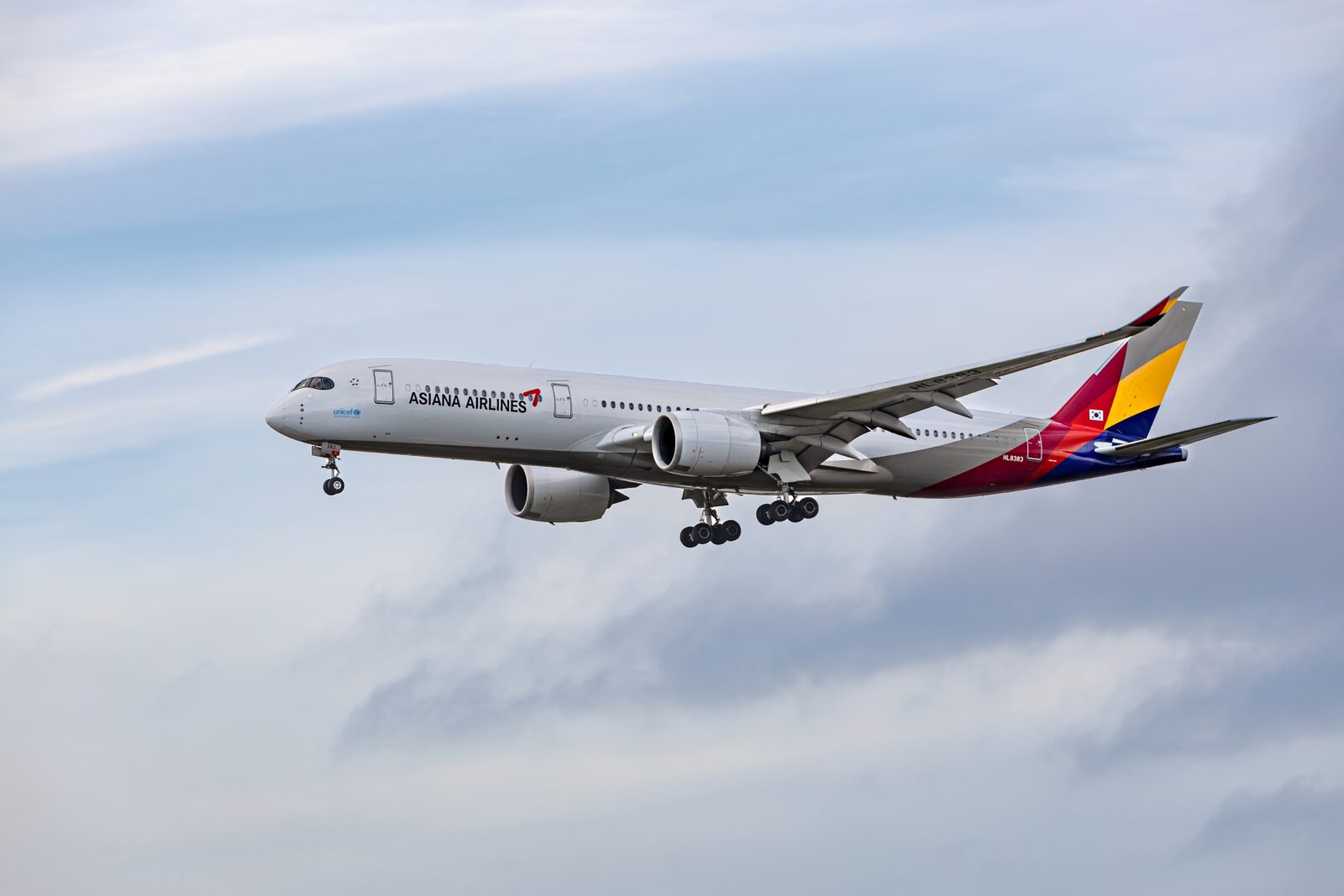
An Airbus A350-900 operated by South Korean airline Asiana with as many as 311 passengers onboard dropped so low on approach to San Francisco International Airport (SFO) on Sunday that it triggered a ‘low altitude alert’ in the control tower that resulted in the pilots performing a last-minute ‘go around.’
According to various flight tracking sources, the five-year-old aircraft dropped to as low as 275 feet while still three to four miles from the end of the runway at SFO and still flying at a relatively high speed of 174 knots.
The incident will stir memories of the crash landing of Asiana Flight OZ-214 at San Francisco in 2013 when a Boeing 777 approached the runway too low and too slow, colliding with the sea wall and then tumbling down the runway as it burst into flames.
Tragically, two passengers were killed during the initial crash, while a third victim may have been run over by a firetruck and killed. A further 182 passengers were injured in the incident, which cast a spotlight on aviation safety within the South Korean aviation industry.
Crash investigators were particularly critical of the culture within Asiana Airlines, which made it difficult for pilots to question or challenge high-ranking crew even when they realized something was wrong.
On Sunday, Asiana Flight 212 was coming towards the end of its 10-hour flight from Seoul and was on final approach to Runway 28L – the exact same runway on which the 2013 crash landing occurred.
Seemingly unaware of any issues, the aircraft continued to drop to as low as 275 feet until a low altitude warning sounded in the control tower at San Francisco Airport.
Air traffic controllers then alerted the pilots, who abandoned the landing and performed a ‘go around’ maneuver. After circling back around, the pilots managed to land the aircraft without any further incident.
Why the aircraft dropped so low in the first place is yet to be established.
During the crash landing of Flight OZ-214 in 2016, the instrument landing system was out of order on Runway 28L, which meant that the pilots couldn’t rely on autopilot to help safely land the aircraft.
The Federal Aviation Administration (FAA) reports that a radio navigation beacon near SFO used for landings onto Runway 28L has been out of service since late January.
Related
Mateusz Maszczynski honed his skills as an international flight attendant at the most prominent airline in the Middle East and has been flying ever since... most recently for a well known European airline. Matt is passionate about the aviation industry and has become an expert in passenger experience and human-centric stories. Always keeping an ear close to the ground, Matt's industry insights, analysis and news coverage is frequently relied upon by some of the biggest names in journalism.








Fact check: The Asiana crash at SFO was in 2013, not 2016. Get your story right or don’t bother writing it at all.
How quickly people forget the Asiana 777 that hit the seawall at SFO and killed three people. It sounds like the same scenario repeating itself. The ONLY funny part of that whole debacle was the news media broadcasting the names of the crew before fact checking! If I recall, the three crew members on that ill fated 777 were, “Wee Tu Low”, “Ho Lee Fuk” and “Bang Ding Ow”